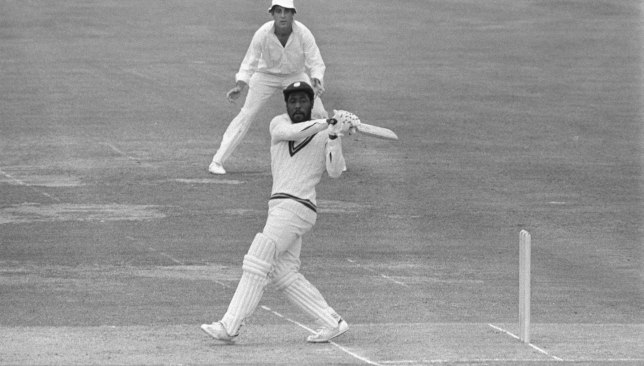
It’s approaching 50 years since the maiden ODI was played between Australia and England at the iconic Melbourne Cricket Ground (MCG). While T20s are the current darlings of cricket, it was the 50-over format which initially helped raise the popularity and exposure of the sport.
The format gave birth to the ICC World Cup in 1975, a quadrennial competition, which has become the benchmark for greatness in the game. Over the years, there have been several teams to have dazzled with their brilliant performances over both bilateral series and ICC competitions.
In this series, we take a look at eight of the best ODI squads in history. West Indies’ legendary of the late 1970s and early 1980s is the focus of our attention below.
SQUAD
Openers: Gordon Greenidge, Desmond Haynes
Middle-order: Viv Richards, Clive Lloyd (C), Alvin Kallicharran, Rohan Kanhai, Deryck Murray (WK)
Pacers: Andy Roberts, Joel Garner, Michael Holding, Malcolm Marshall
Overview
Since the dawn of the ODI era in cricket, no team has managed to dominate the format for longer than the West Indies side of the late 1970s. Helped by the fact that the format was introduced at a time when they were the undisputed top dogs in Test cricket, the men from the Caribbean would go on to have a period of sustained success before other teams caught up to their quality.
It was no surprise that West Indies emerged as convincing victors in the maiden two editions of the ODI World Cup, and they could have very well made it three on the trot if not for a sensational upset by India at Lord’s in 1983.
That World Cup final defeat was one of the rare blips in a in an utterly dominant streak which extended all the way up to 1987. It was a side built on a golden generation and one which was simply eons ahead of its contemporaries.
Captain – Clive Lloyd
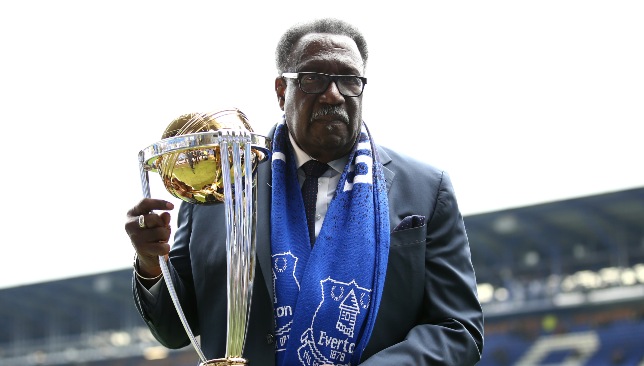
Born in Georgetown in Guyana, Lloyd’s envious success as Windies skipper was not just borne out of the fact he had an extremely talented squad at hand. While there is no denying that the team was filled with some of the most talented individuals in the game, it was Lloyd who instilled in them a sense of professionalism and a ruthless desire to win.
There were several different cliques in a West Indies outfit made up of several countries in the Caribbean, and it was the man from Guyana who united them for a common pursuit of brilliance and world domination.
A man who captained the squad for as many as three World Cup editions, Lloyd’s excellent leadership qualities were not his only defining straits. At his peak, Floyd was a flamboyant batsman who could instill terror into the hearts of bowlers with his aggressive approach.
His powers of adaptability saw him transition to a more reliable presence at the crease towards the latter stages of his career. On several occasions, the bespectacled right-hander dug the team out of holes following a top-order batting collapse. Although it was the Test format where Lloyd’s very best came to the fore, the middle-order batsman was no slouch in ODIs either. He averaged a very respectable 40 in 87 appearances, with a superb strike-rate of over 80.
STRENGTHS
Greenidge-Haynes in a league of their own
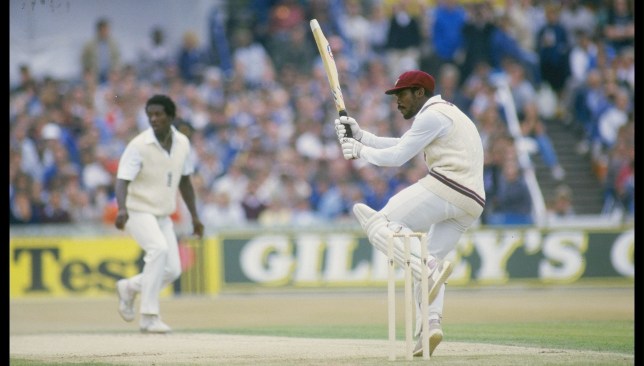
In the history of ODI cricket, very few opening pairs if any have managed to emulate the chemistry invoked by Gordon Greenidge and Desmond Haynes. In the 103 ODI innings in which they appeared together, the two right-handers scored a staggering 5,206 runs between themselves at an average of 52.58.
Sharing as many as 15 century stands between them, the duo would often single-handedly set up the game for the West Indies. Leagues ahead of the other opening pairings of the time, Greenidge and Haynes were two batsmen who complemented each other perfectly.
While Greenidge was more belligerent in his approach, Haynes provided the balance with a more watchful and steady presence at the other end.
Viv Magic
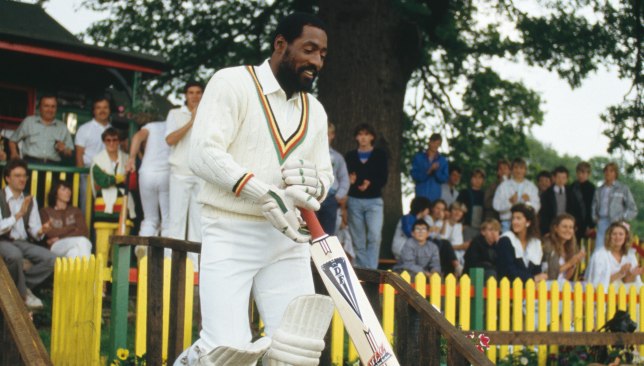
If the two legendary Windies openers hadn’t caused enough destruction on their own, there was always Sir Vivian Richards to finish the job. The Antiguan had an intimidating presence at the crease which quickly demoralised opponents.
In an era where batting strike-rates of around 70 was considered more than respectable, Richards was in a class of his own with a strike-rate of over 90. Armed with a nonchalant swagger, the swashbuckling batsman could plunder the ball to all parts of the ground at frightening pace.
With his unmatched power and brilliance, West Indies effectively had a cheat code at their disposal to vanquish any opponent.
Pace superiority
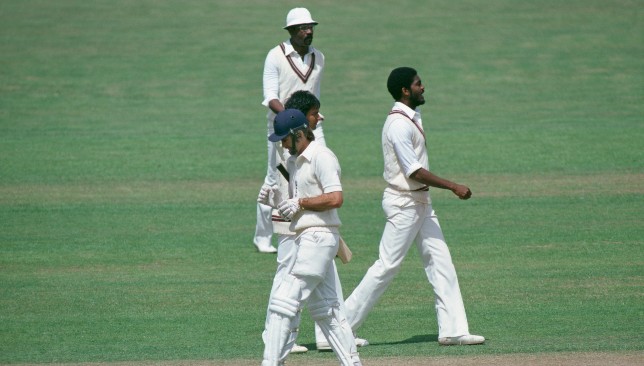
While the openers and Richards gave Windies an unmatched firepower, the ‘Four horsemen of the Apocalypse’ as they were called, provided them frightening superiority with the ball.
Andy Roberts, Joel Garner, Michael Holding and Colin Craft combined for arguably the greatest pace attack ever built. Craft might not have made many ODI appearances, but the rest of the three pacers were a proposition too difficult to handle for most batting units of the day.
All four of them averaged approximately just 20 with the ball in their ODI careers, while their wicket-taking contributions were second to none. With Richards also proving medium-fast bowling as an all-rounder, there was really no shortage in the pace arsenal of the Caribbean side.
Greatest feat – World domination like no other
Although the Australia sides of the early 2000s comes close, this particular Windies generation was simply different gravy. The Australian side of the time did run them close on a few occasions, but Lloyd’s men were an overwhelming force who loved to turn it up on the big occasion.
From the advent of ODI cricket to the 1986 ICC Champions Trophy, the men from the Caribbean won every single prize bar the 1983 World Cup and the 1985 World Championship of Cricket. There would perhaps have been no debate on the greatest ODI team in history had the Windies not slipped up against India in 1983, but it is still hard to dispute those credentials after all these decades.